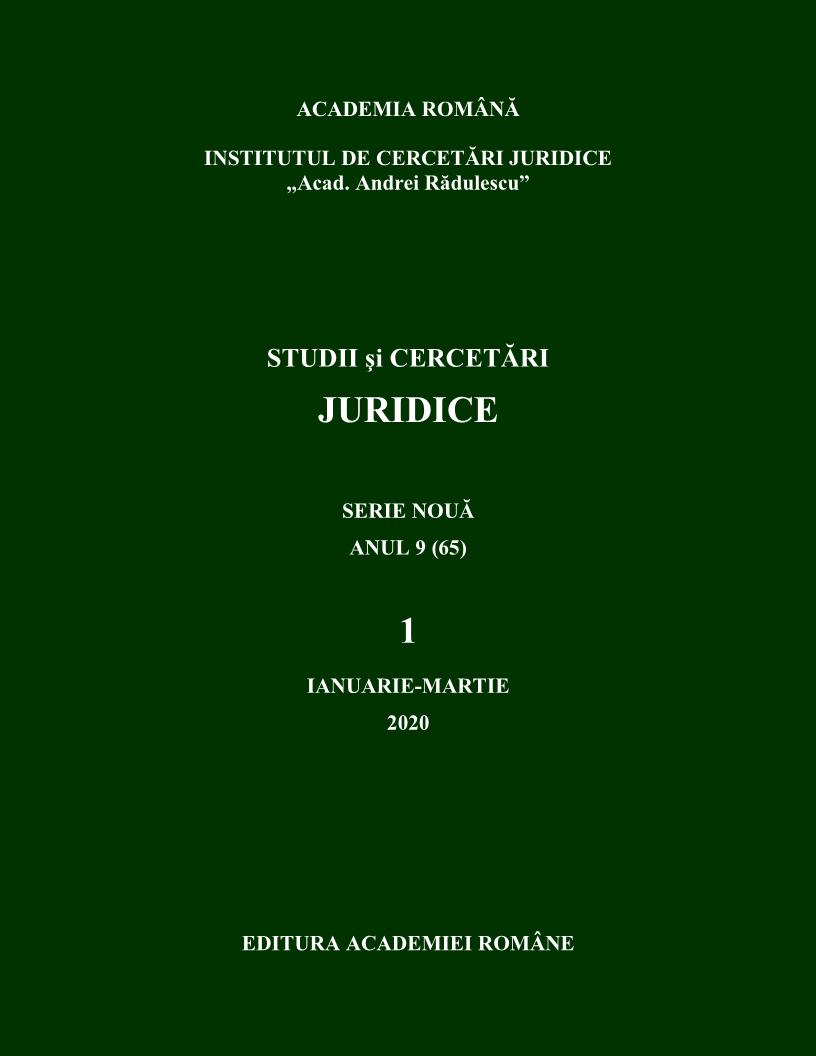Revizuirea „procesului optanților unguri” în contra dreptului și cu sfidarea istoriei. Cazul Parcului Naţional Retezat
Review of the "Hungarian voters” trial against the law and with the challenge history. The Case of Retezat National Park
Author(s): Mircea DutuSubject(s): History of Law
Published by: Editura Academiei Române
Keywords: Hungarian optants; Trianon; Agrarian fund; Arbitration Court; natural reserve; restoration of property; natural park; Retezat; expropriation; agrarian reform; compensations; war;
Summary/Abstract: The laws of restoration of private property of lands – both agricultural and forests – adopted post-2000, and the connected administrative practice and case law have generated, in Transylvania, an issue bearing both historical and ethnical aspects, related to the ancient “trial of the Hungarian optants” (1923-1930). Following the unification of Transylvania to Romania (December 1st, 1918), a number of Hungarians hereby residing have opted for the Hungarian citizenship and leaving Romania (the “optants”), therefore their rural real estate has been expropriated for public utility, as generally provided by the law of agrarian reformation (July 3th, 1921). In this context, on March 15, 1923, Hungary has notified the Council of the Society of Nations on the grounds of art. 63 of the Peace Treaty of Trianon (1920), charging Romania of discriminatory treatment and “winding up” the real estate properties of the former Hungarian land owners, a conflict to be eventually but indecisively resolved by negotiations. The claims of the optants were to be satisfied by the international agreements of The Hague and Paris (1930) regarding the final resolution of the issue of debt arising from the First World War, by creation of the Agrarian Fund and by means of mixt arbitration courts. The refund in kind of rural real estate, as state by the legislation of the past 20 years, has involved as well the lands expropriated by the means presented earlier, and the descendants of the former landowners, compensated accordingly. And on top of this, the demands of re-privatizing the lands where there had already been created national protected areas, as demanded by the law. A very eloquent example is the “Retezat” National Park and the family of the Hungarian optant, count L. Kendeffy.
Journal: Studii și Cercetări Juridice – Serie Nouă
- Issue Year: 2020
- Issue No: 1
- Page Range: 97-122
- Page Count: 26
- Language: Romanian

